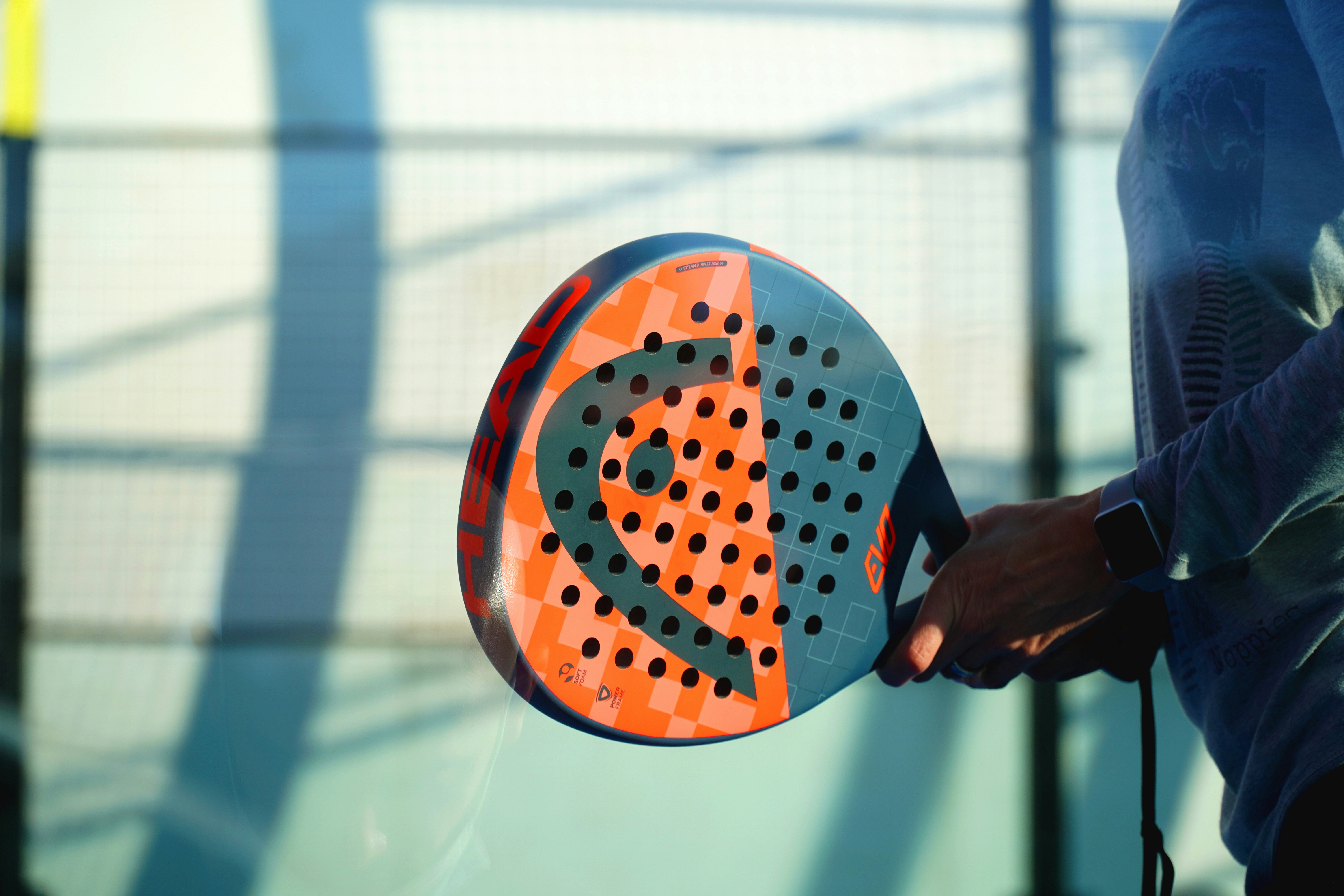13th Feb 2024
Padel 101: A Beginner's Guide to the Rules of the Game

Padel, a sport that's been gaining significant popularity in recent years, is a delightful fusion of tennis and squash, played on a smaller court with solid walls and a unique set of rules. Originating in Mexico in the 1960s, padel has since spread globally, captivating players of all ages and skill levels. If you're new to the game or looking to brush up on the rules, you've come to the right place. Let's dive into the basics of padel.
Court and Equipment
Padel is typically played on a court that measures 20 meters in length and 10 meters in width, enclosed by walls made of glass or solid material. The court is divided into two halves by a net, and the playing area is further marked by service boxes and a no-volley zone.
Players use solid paddles made of composite materials and a pressurized ball similar to those used in tennis. Padel can be played in singles (one player on each side) or doubles (two players on each side), making it a versatile sport for both individual and team play.
Scoring
The scoring system in padel follows traditional tennis scoring with a few nuances:
- Games are played to four points.
- The points are counted as follows: 15, 30, 40, and game. However, if both teams reach 40, it's called "deuce."
- To win a game, a team must have a two-point advantage. If the score reaches deuce, a team must win two consecutive points to win the game.
- Matches are typically best-of-three sets.

Serving
The serve in padel is underhand and must be struck below waist level. The server must stand behind the baseline and within the imaginary extension of the court's centerline. The serve must land diagonally in the opponent's service box, much like in tennis. Unlike tennis, however, players are allowed only one attempt at the serve.
Gameplay
Once the ball is in play, players can hit it off the walls (but not the metal fence) as part of the game strategy. However, the ball can only bounce once on the ground before being returned. Players are not allowed to volley the ball (hit it in the air without it bouncing) within the no-volley zone, which is the area directly in front of the net.
Let's Review Some Key Rules:
- No-Volley Zone: Players cannot volley the ball while standing within the no-volley zone unless the ball has first bounced in that area.
- Out of Bounds: If the ball bounces outside the court boundaries or hits the metal fence directly, the point is lost.
- Interference: If a player's movement or action obstructs their opponent's ability to play a shot, interference may be called, resulting in a point penalty.
- Faults: Serving faults, such as foot faults or hitting the ball outside the service box, result in a fault and the loss of a serve.
Conclusion
Padel is an engaging and dynamic sport that combines elements of tennis and squash, offering a unique and enjoyable experience for players of all levels. Whether you're a seasoned athlete or just starting out, understanding the rules of padel is essential for a fulfilling and competitive game. So grab your paddle, step onto the court, and enjoy the thrill of padel!